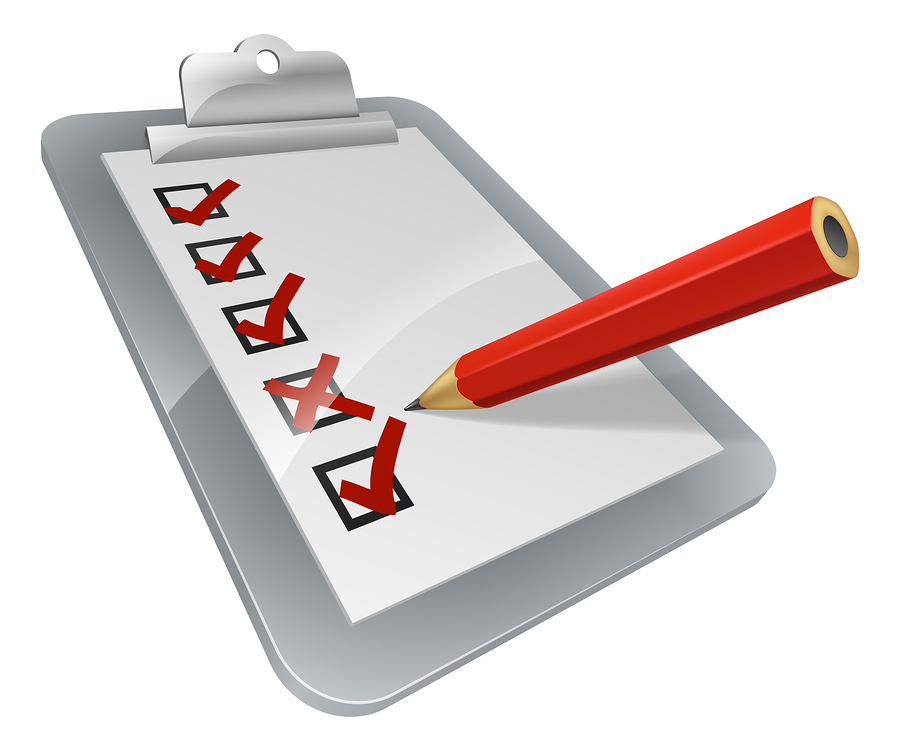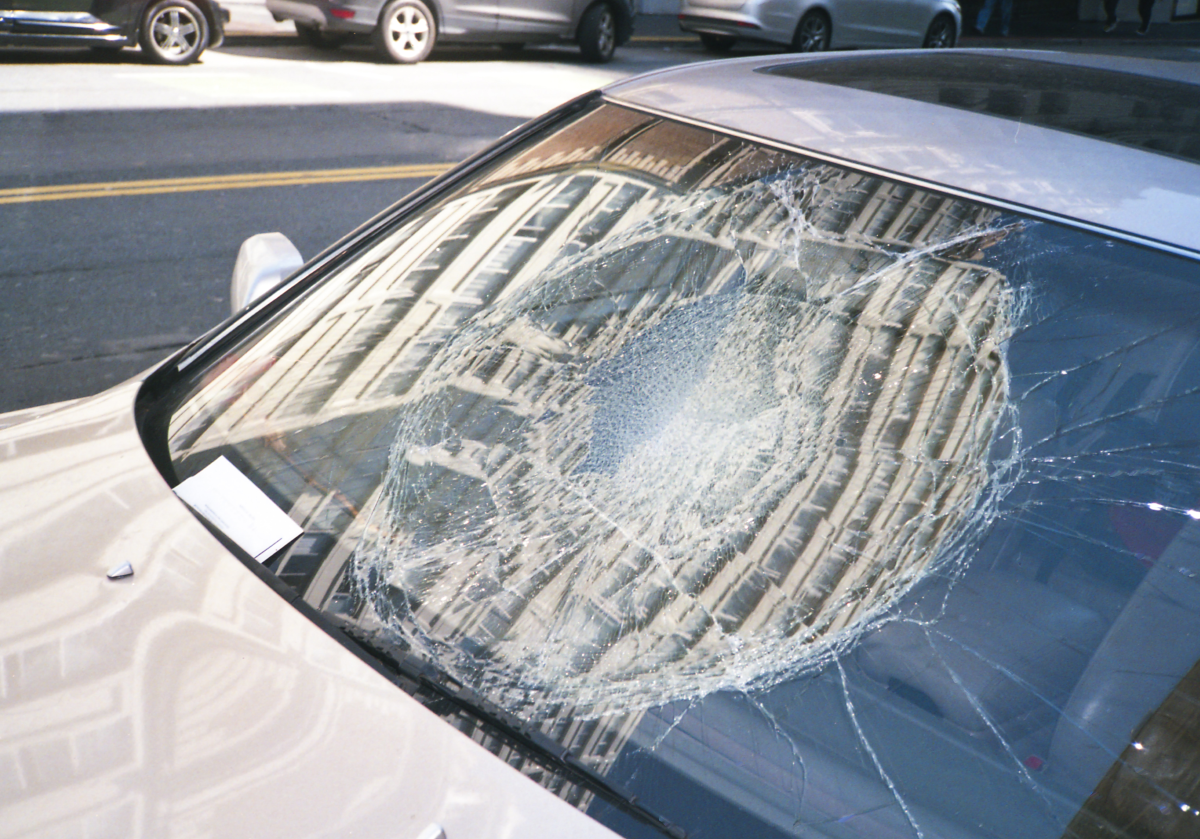Ride-Hailing Accident Claims
Ride-hailing has taken the U.S. by storm. As of the fall of 2018, 36% of U.S. adults used ride-hailing services such as Uber and Lyft or their innumerable offshoots. That is a lot of passengers, a lot of trips, and inevitably a lot of accidents. To some degree, a ride-hailing accident can be treated much like a regular auto accident. However, there are a number of issues unique to ride-hailing accidents not present in the typical auto accident.
Who is Liable in a Ride-Hailing Accident?
The short answer is potentially everyone along the chain including the driver, the ride-hailing service, other drivers, other third parties and possibly other passengers. The determination of liability will be case specific depending on the facts of each ride-hailing related accident.
Liability of various parties will as in every auto accident case depend on who was at fault in causing the accident. If the auto accident is the fault of a third party other than the ride-hailing service driver, then there is little need to discuss the ins and outs of claims against ride-hailing services or their drivers.
On the other hand, if it is the fault of the ride-haling service driver, then a number of factors unique to ride-hailing services along with the magnitude of the injuries and damages will dictate the approach in any particular accident. The factors unique to ride-hailing services are simply obstacles that must be overcome. Every auto accident or personal injury case will have obstacles. Ride-hailing services throw up more than are typically encountered.
Obstacles to Recovery in Ride-Hailing Accidents
Like all corporations, ride-hailing companies such as Uber and Lyft do all they can to maximize profit while minimizing responsibility for harm resulting from their services. Ride-hailing services do this through several tactics with varying degrees of success.
Forced Arbitration
Forced arbitration is the primary tool of ride-hailing services and corporations generally to minimize accountability for the harm they cause. Arbitration is a means of settling disputes outside of court. That sounds great until you understand how it works in practice. In practice, forced arbitration will force an injured passenger or the passenger’s survivors in the case of wrongful death to go before a panel of arbitrators hand-picked by the corporation, in these cases Uber or Lyft. Just as bad, if not worse, the jurisdiction for the arbitration is typically in the state the corporation feels it has the best chance of killing claims without little chance of success for the passenger or survivors.
Having heard this, most would agree this is outrageous. However, the hand-picked corporatist judges on the U.S. Supreme Court see nothing wrong with these schemes. In fact, the rulings from the Supreme Court have essentially gutted the protections that the New Mexico Supreme Court had put in place. In short, these are binding on anyone that agreed to their terms. Agreement to the terms is required to use the ride-hailing applications. In short, if you use the Uber or Lyft apps, then you it is fairly certain that you are bound by forced arbitration.
It should be noted that the forced arbitration provision kicks in only while the app is in use. Therefore, passengers, pedestrians and other drivers are not bound by the arbitration clauses and are free to sue the ride-hailing service under appropriate tort laws for personal injury or wrongful death.
Drivers as Independent Contractors
This is a common ploy of companies of all shapes and sizes to minimize liability for the actions of their contractors or agents that cause harm. It doesn’t work for the most part. A company, including ride-hailing services, is responsible for the actions of its employees, contractors and other agents while those agents (i.e. contractors) are engaged in activities that benefit the company (i.e. driving passengers around) under the direction of the company.
The last part, “under the direction of the company” can be a little tricky as Uber and Lyft will try to argue they were not directing the drivers, the drivers could do as they wanted. In other words, the driver is free to drive or not drive. However, this argument will likely not carry much weight in New Mexico since once the driver does decide to drive, the driver is under the absolute direction of the ride-hailing service through its app including which passengers to pick up, which routes to take and so on.
The bottom line here, at least in New Mexico, is that probably makes little difference for an injured passenger or other party whether the driver was an independent contractor or an employee.
Minimal Liability Insurance Policy Limits
Minimal liability policy limits is a problem throughout New Mexico. The minimal limits for liability in New Mexico are only $25,000.00. This amount will not come close to covering even medical costs in a serious accident. That said, at least the ride-hailing services require by law that their drivers maintain liability insurance. In New Mexico in particular with the highest rate of uninsured motorists in the nation, $25,000.00 is almost a luxury.
The best protection against minimal policy limits or uninsured drivers is underinsured motorists coverage on your own auto insurance. Underinsured coverage is the best deal in insurance so much so that insurers have at time been severely reprimanded by the courts for discouraging consumers from obtaining the underinsured coverage. But that is a story for another time and has been discussed here at length.
Contact an Auto Accident Attorney With Insurance Experience
The challenge in most every auto accident, personal injury, medical malpractice and/or wrongful death claim is to locate all of the available insurance. The arbitration provisions discussed above may bar a ride-hailing app user from recovering against the insurance of the ride-hailing service, but there is almost always insurance somewhere that can be found. To do this, you need an auto accident attorney with significant knowledge of insurance issues that is able to identify every available insurance policy to cover the injuries. Contact Collins & Collins, P.C. at 505.242.5958.



